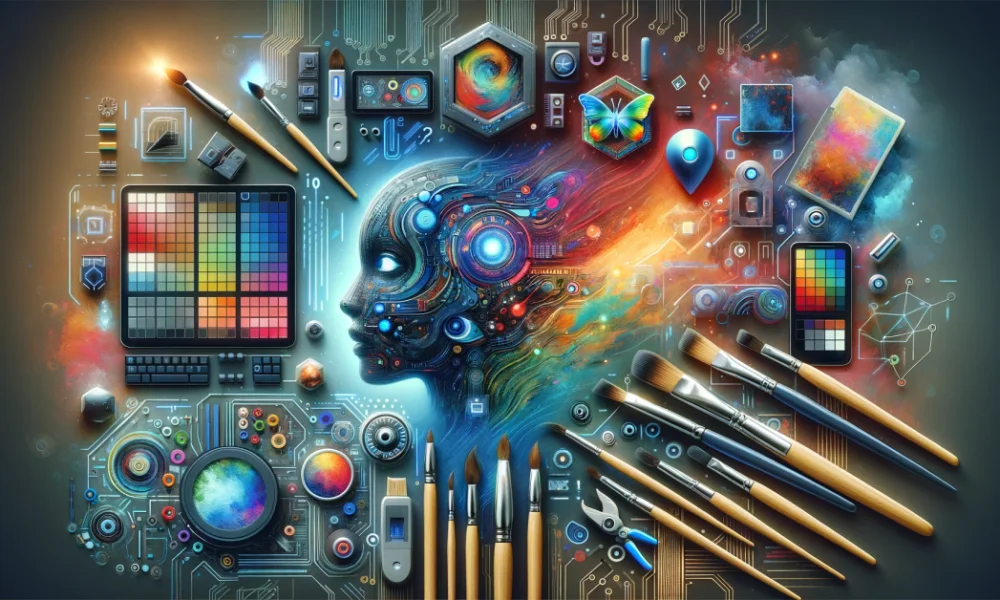3D Graphic Art and how is it useful for a designer


3D graphic art is a powerful tool that enhances the capabilities of designers across various fields, providing them with the ability to create, visualize, and communicate their ideas more effectively and efficiently.
3D graphic art involves creating three-dimensional representations of objects or scenes using specialized software. These digital models can be manipulated, viewed from different angles, and rendered into 2D images or animations. The process typically involves modeling, texturing, lighting, and rendering.
Modeling: Creating the 3D shapes and structures. This can involve: Polygonal Modeling: Using polygons (typically triangles or quadrilaterals) to create meshes. NURBS Modeling: Using mathematical formulas to create smooth surfaces. Sculpting: Digital equivalent of sculpting clay, often used for highly detailed models.
3D Graphic Art is a computer graphic animation used to make 3-dimensional illustrations for video games, movie animations, etc. Making 3D models helps the designers visualize space and enables efficient and accurate drawing, helping them observe otherwise invisible details.
Product Design and Prototyping Allows designers to create realistic models of products before manufacturing. Enables virtual testing and iterations to optimize design. Architecture and Interior Design Facilitates the creation of detailed visualizations of buildings and interiors. Helps clients and stakeholders to better understand and approve designs.
Essential in creating characters, environments, and special effects for movies, games, and animations. Enhances storytelling by providing immersive and visually stunning experiences. Marketing and Advertising Produces high-quality visuals for advertisements, promotional videos, and product visualizations. Attracts and engages audiences with realistic and appealing imagery.
Virtual Reality (VR) and Augmented Reality (AR) Enables the creation of immersive experiences for training, gaming, education, and virtual tours. Enhances user interaction with digital elements overlaid on the real world.
Assists in creating accurate models of human anatomy for educational and surgical planning purposes. Helps in visualizing complex medical data and procedures.